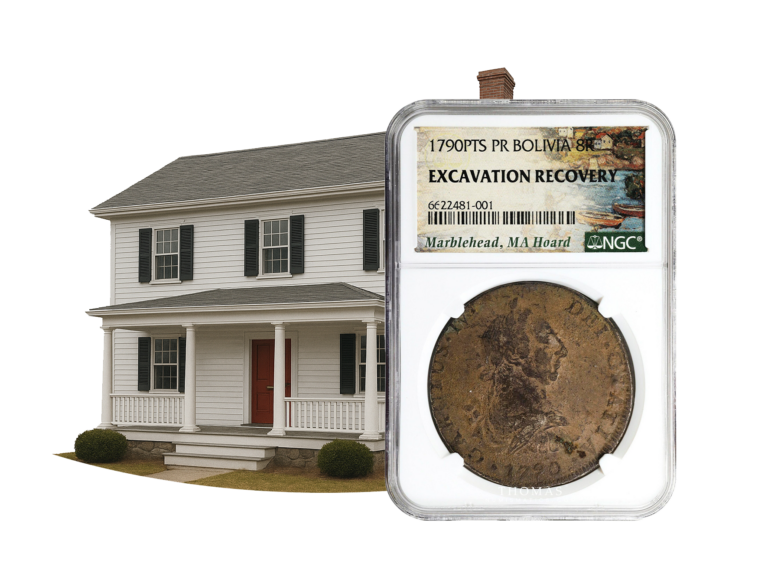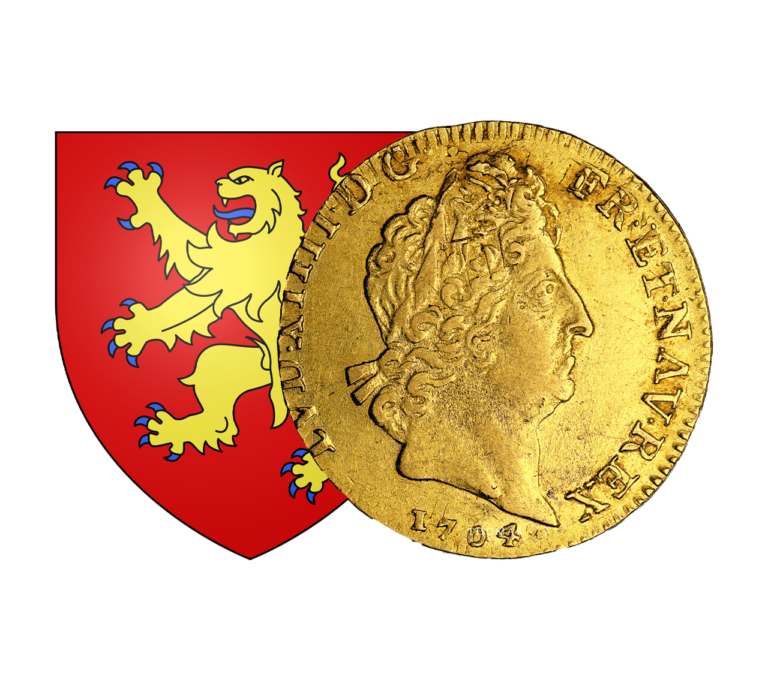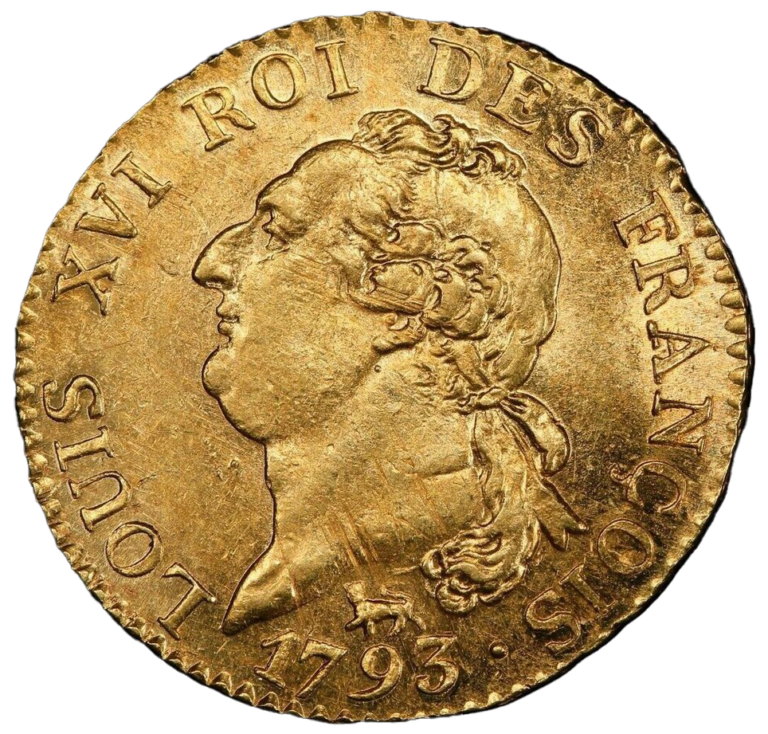
Discover all the news and articles from TNUMIS Magazine exclusively
5 prestigious Greek coins
History and archaeological excavations agree that these coins were born in Minor Asia in the seventh century BC. In the legendary country of Croesus, in Lydia, the first coins were minted in electrum. These are small irregularly shaped coins, made of gold and silver alloy. Very quickly, the coinage was perfected and spread throughout ancient Greece. As aestheticism evolved, so did the techniques and know-how. True masterpieces were minted throughout Greek antiquity, until the Roman invasion. Here is a selection of 5 of the most prestigious Greek coins.
The tetradrachm of Aetna
The tetradrachm of Aetna is a silver coin minted between 476 and 461 BC, in Sicily. This coin has been called the “Mona Lisa of numismatics”, which shows its importance and suggests the quality of its completion. It is kept in the Royal Library of Belgium.
The origin of the coin is confirmed by the inscription ATNAION on the obverse, which means Aetna. The city was located in the east of Sicily, on the slopes of Mount Etna. Also on this side is the representation of Silenus, the teacher of Dionysus, accompanied by a scarab. On the reverse, Zeus holds a lightning bolt in his left hand and a staff in his right hand.
These symbols represent the city of Aetna: the city cultivated wine and the world’s largest scarabs could be found there. Zeus was the god protector of the volcano.
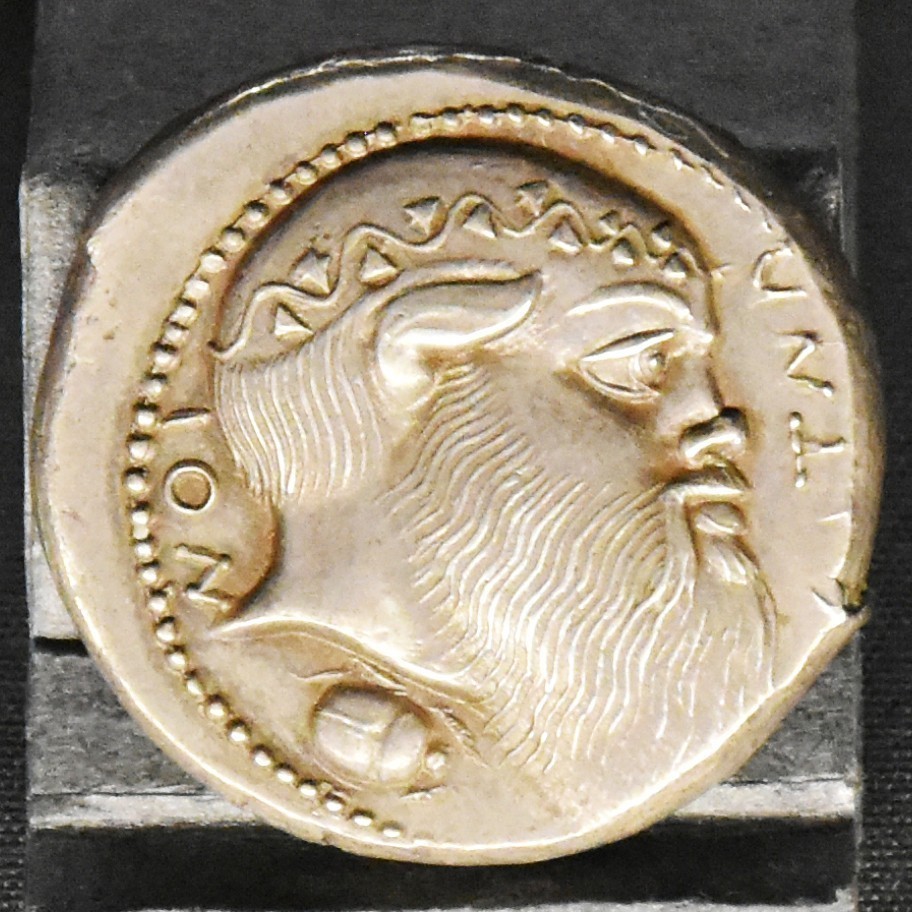
Decadrachm of Syracuse
With a diameter of more than 30 mm and a weight exceeding 40 grams, the decadrachms of Syracuse are exceptional coins. A decadrachm of Syracuse is kept in the Musée des Beaux-arts de Lyon. It dates from the 400s B.C. and is considered one of the finest copies known.
On the obverse side, a quadriga is galloping, driven by a charioteer holding the reins and the kentron. It is crowned by a Niké flying above. The fineness of the drawing translates to an effect of movement and speed, the horses seem to take off towards the sky. On the reverse, the portrait of Arethusa is surrounded by four dolphins. This drawing was made by Evanete, a Sicilian master engraver known in Syracuse, as per the inscription at the bottom.
The equipment of the charioteer suggests that this coin was specially made for an event: the games after the Athenian defeat of 413. Indeed, games were organized every four years in Syracuse, like in Olympia.
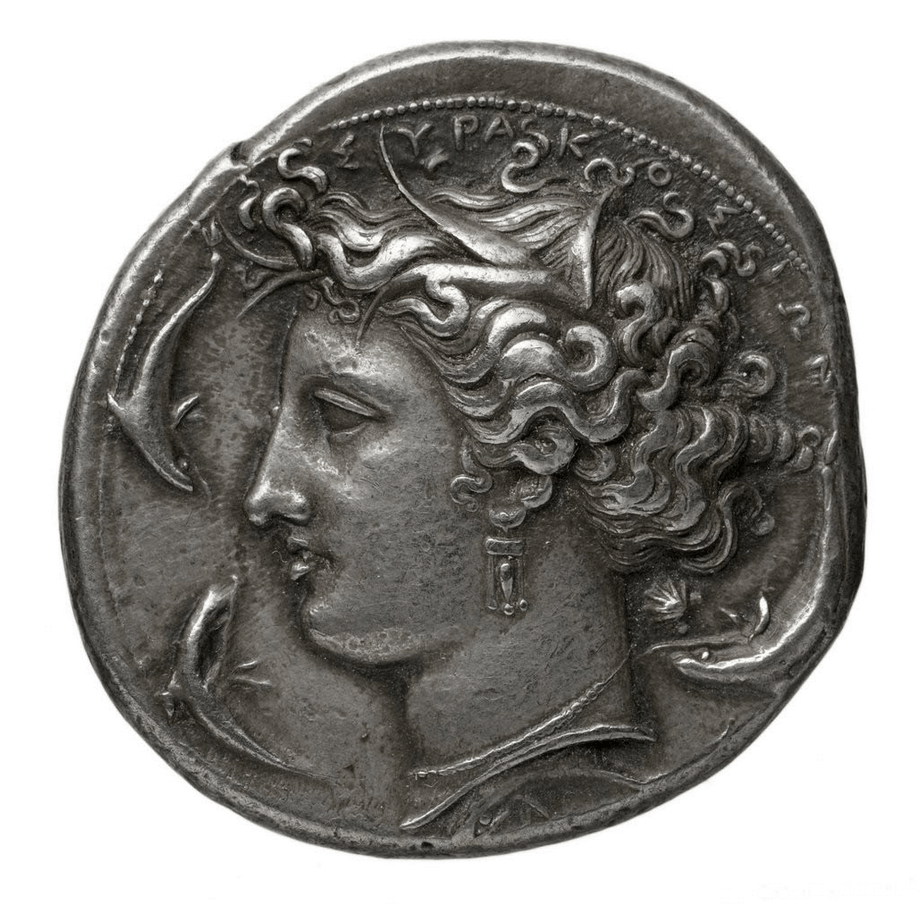
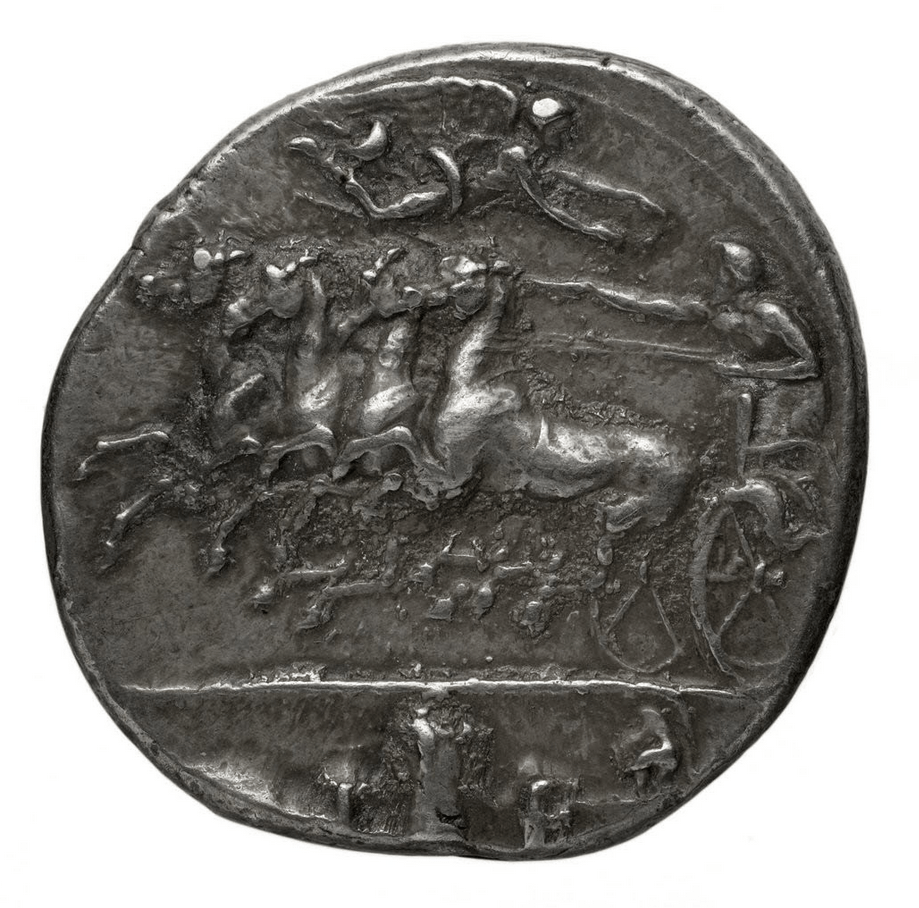
Silver tetradrachm of Agrigento
This silver coin was minted between 409 and 406 BC in the workshop of Agrigento, Sicily. The city was founded in the sixth century BC. Prosperous, it began minting quickly, before being destroyed in 406, at the time of the Carthaginian invasion.
Classified as R3 on the rarity scale, there are fewer than 1 000 specimens of the tetradrachm of Agrigento, in the world. This one is preserved in a condition classified TTB+, as there is a chip at the bottom of the coin. It was sold for 22,000 euros in 2011.
On the obverse, a galloping quadriga is led by Niké, who holds the kentron in her right hand and the reins in her left hand. On the reverse, two eagles are waving. The first has its head turned towards the sky, the second spreads its wings and attacks a hare, lying on the ground. The details of the drawings are remarkable. The mastered technique allows movement into the coin.
Greek tetradrachm of Alexander the Great
This silver tetradrachm is much more common than the previous ones. And yet, a copy of the Tetradrachm of Alexander the Great was sold for 17,000 euros, as its condition is considered one of the finest in the world.
Alexander the Great was king of Macedonia from 336 to 323 B.C., so he had this coin minted during those years, in Amphipolis, one of his two greatest workshops, along with Pella.
In ancient Greece, no one was allowed to be represented on coins. However, on the obverse, it is indeed the portrait of Alexander the Great, but he is totally idealized under the features of Heracles. Indeed, in the kingdom of Macedonia, the kings claimed lineage from God. This is the reason why he is very often represented on Greek coins since the 5th century. On the reverse, another god, Zeus Aetophoros (eagle bearer), is sitting on his throne.
L’un de ces tétradrachmes d’Alexandre le Grand est conservé au Musée des Beaux-arts de Lyon.
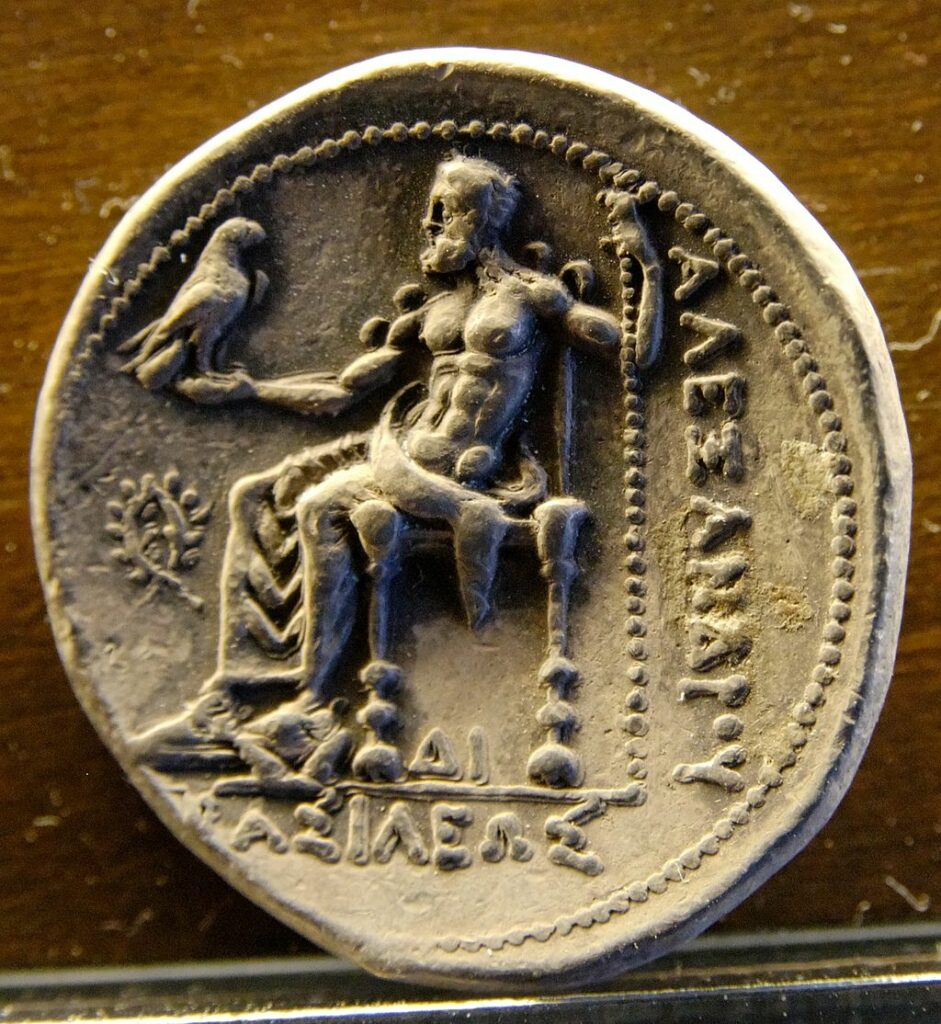
Triassaria of Amastris
This bronze coin, with brown patina, is also classified as R3. It weighs 12.5 grams for 25.5 mm in diameter and was sold for 2,600 euros in 2014. It dates from the years 139-180 BC.
One notices the centering hole in the center of the coin, on each side. On the obverse, one can distinguish the draped bust of Homer with the inscriptions OMH-ROS. On the reverse, the river-god Pathenios is lying bare-chested. He holds in his right hand a ship’s bow and a reed in his left hand. He protects and waters Amastris, one of the cities of the poet Homer, whose name is inscribed on the coin. Amastris was also an important port on the Black Sea in the Hellenistic period.
This triassaria of Amastris shows, once again, the attachment of the cities to affix their symbols on their coins. In this way, they could show their strength and power throughout the Greek Empire and beyond.
Regularly find exceptional Greek coins on our shop.
Sources :
Wikipédia
L’empire des monnaies : chaîne et site web
Musée des Beaux-arts de Lyon
Cgb
Musée Saint Raymond
